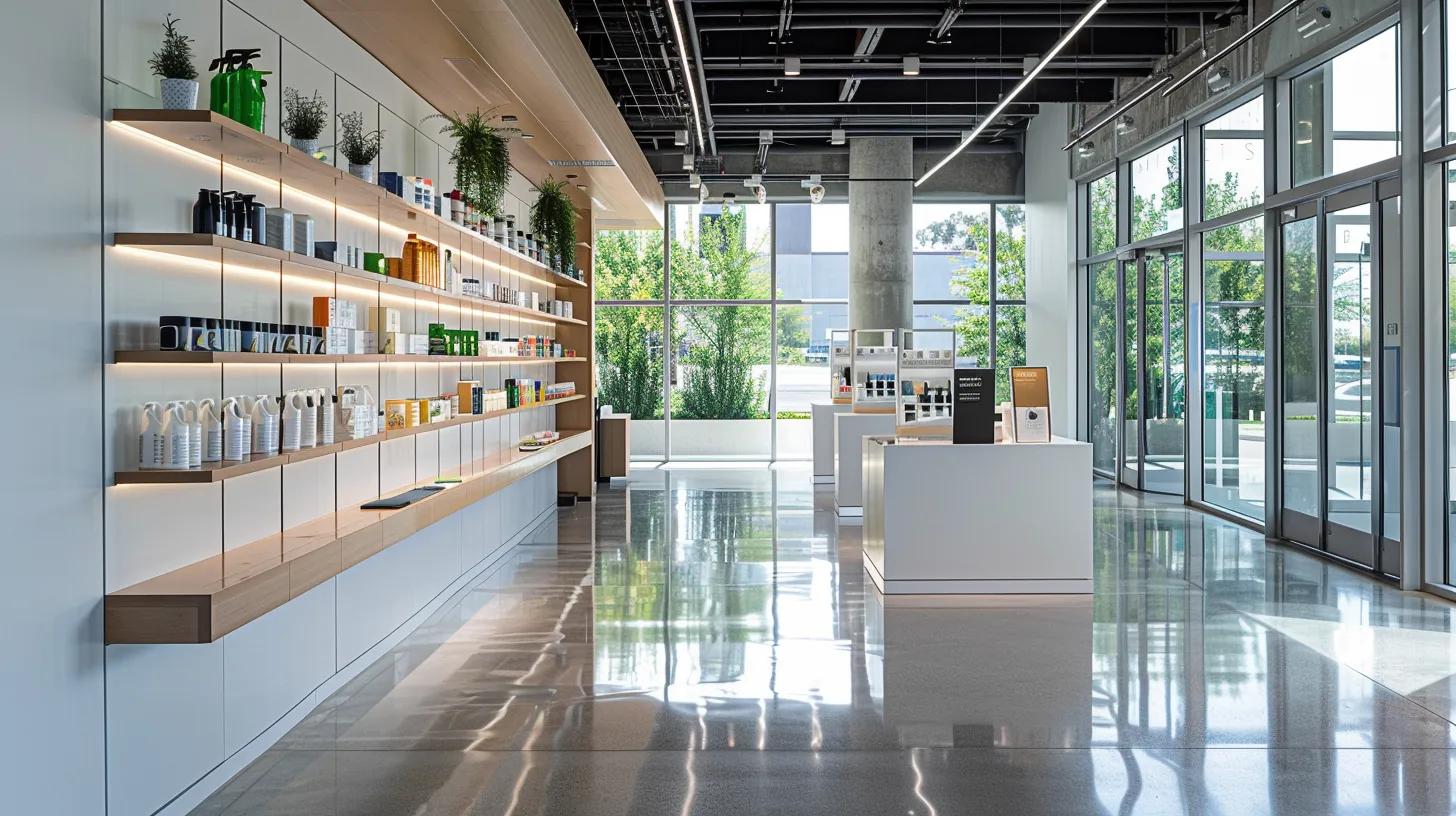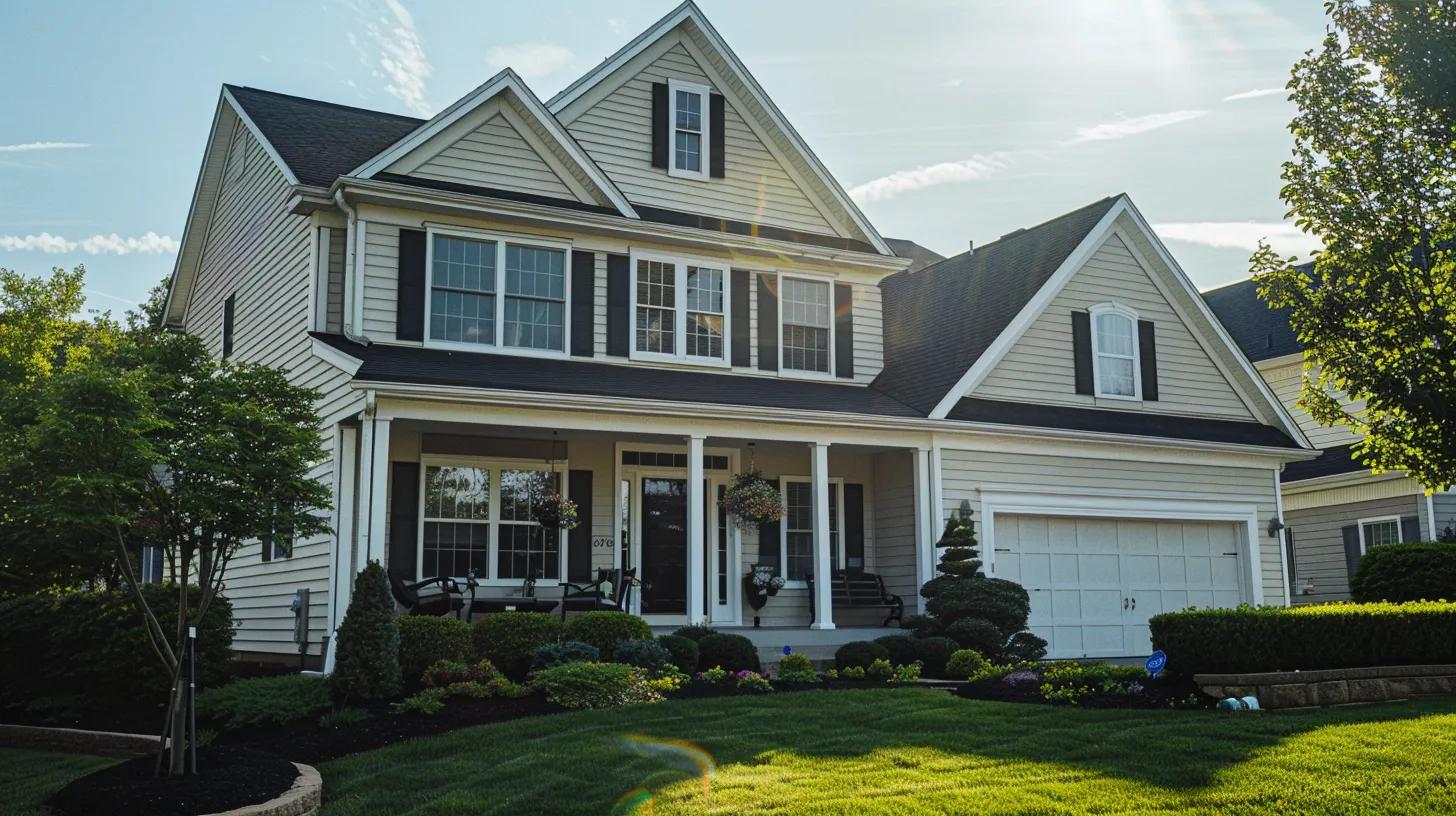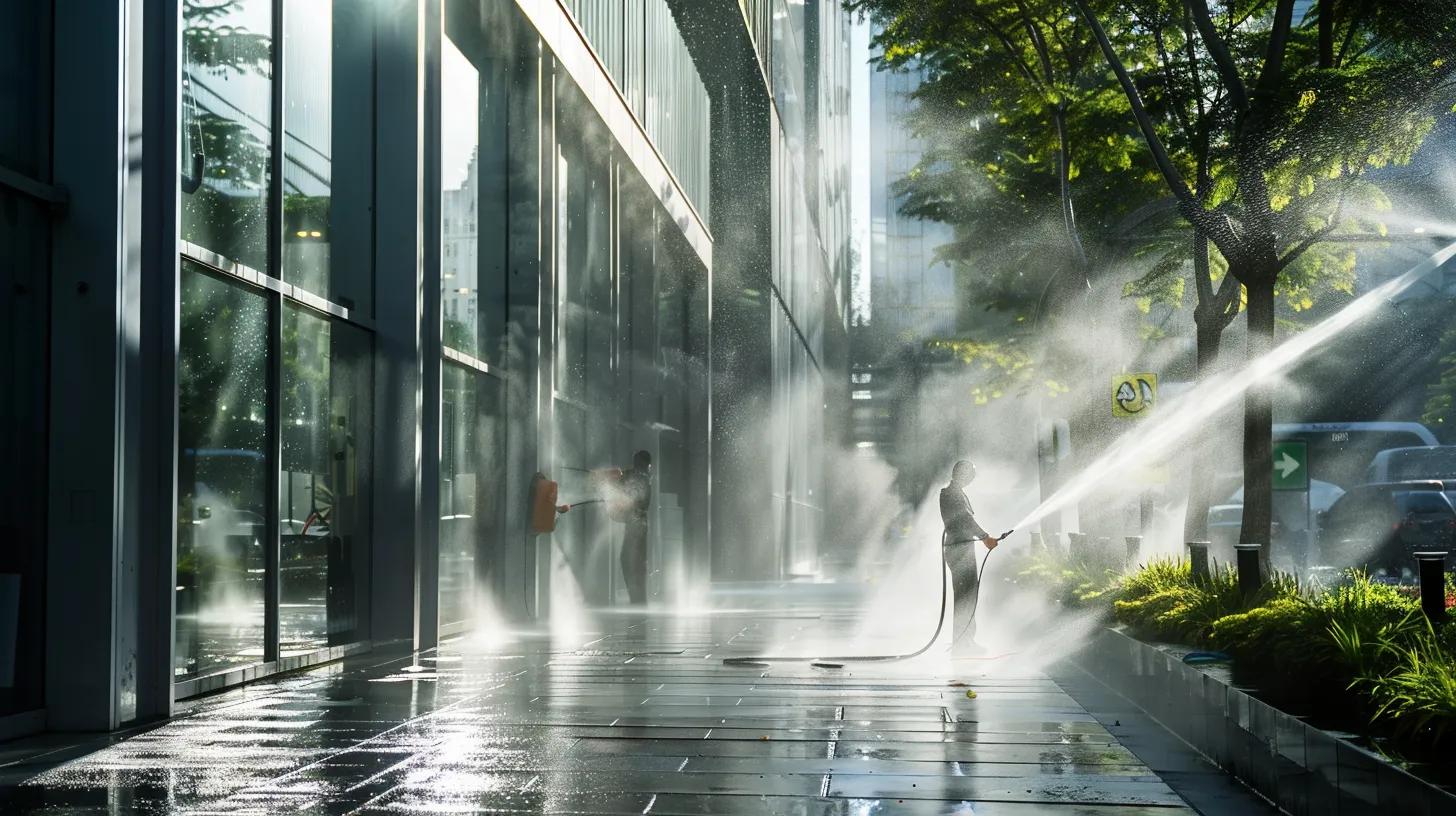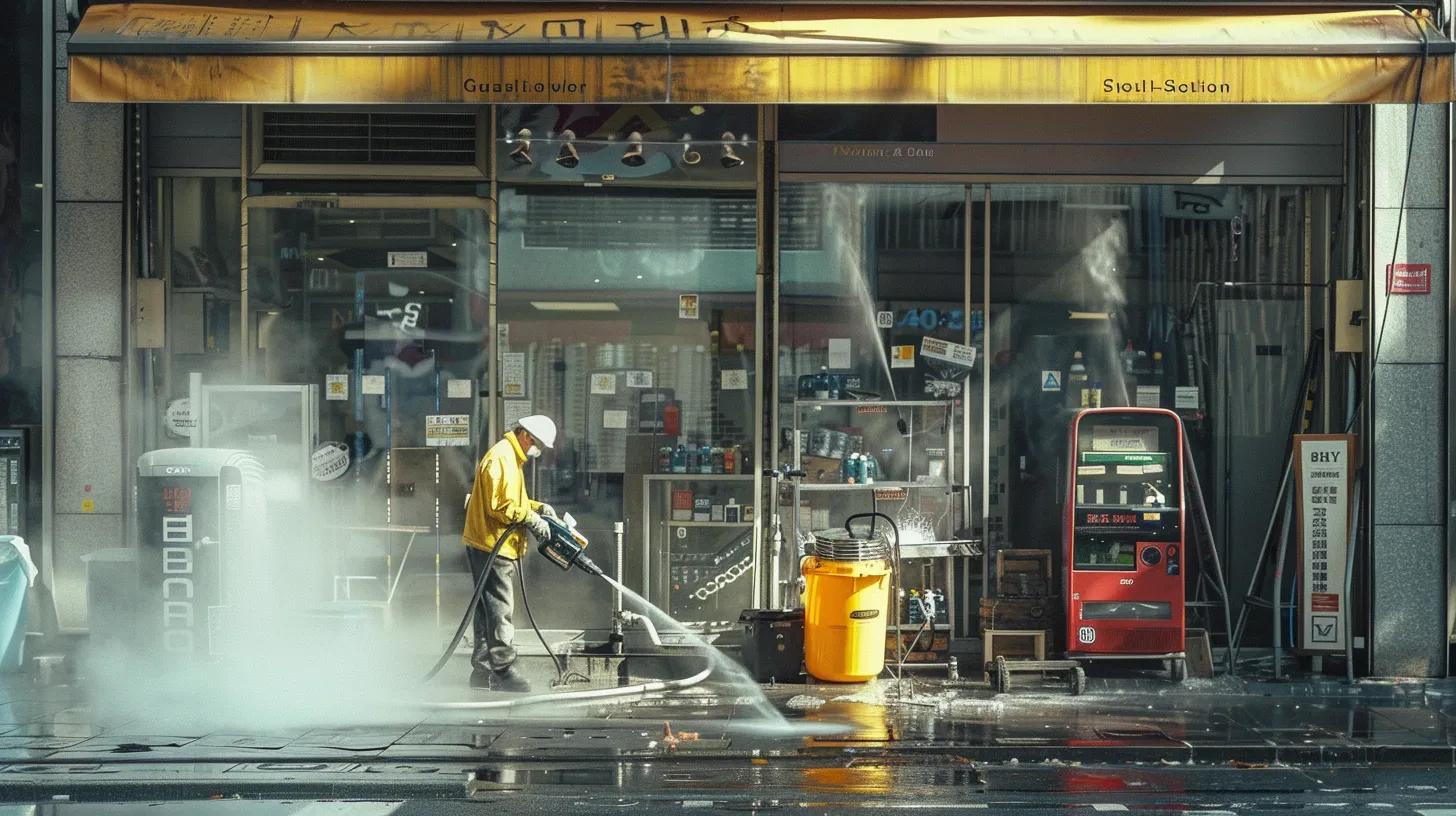House Washing Techniques to Revitalize Your Exterior
Maintaining a pristine exterior enhances curb appeal and prolongs a home’s life. House washing (house-washing) prevents damage from mold, mildew, and dirt while boosting aesthetic value. This article details effective washing techniques, benefits, and key material considerations to help Phoenix, AZ homeowners make informed cleaning decisions with expert guidance from Power Crew. Additionally, homeowner reviews have highlighted the efficiency of these methods, making them a trusted choice for many.
What Are the Most Effective House Washing Techniques for Exterior Surfaces?
House washing methods vary by surface and contaminant. Combining low-pressure and high-pressure techniques maximizes cleaning without damage. These methods address issues like mildew buildup, dirt, and paint deterioration, using environmentally friendly cleaning agents to safely wash surfaces such as vinyl siding and stucco walls.
How Does Soft Washing Work and When Should You Use It?
Soft washing uses low-pressure water with special detergents to gently remove contaminants from delicate surfaces including stucco, painted exteriors, and roofing materials. It applies a cleaning solution to break down dirt and biological growth, then rinses gently to preserve paint integrity and extend surface lifespan.
What Is Pressure Washing and Which Surfaces Benefit Most?
Pressure washing uses a high-pressure stream to dislodge stubborn dirt and grime from robust surfaces like concrete driveways, brick, and vinyl siding. This method effectively removes mold, algae, and debris, but must be carefully regulated on materials like wood or older siding to prevent damage.
When Is a Combination of Soft Washing and Pressure Washing Recommended?
A combined approach is ideal when a property features both delicate and sturdy surfaces. For example, using soft washing on stucco walls and pressure washing on a concretedriveway ensures the best cleaning method is applied to each area, preserving quality and effectiveness.
How Do Different Exterior Materials Affect House Washing Choices?

Exterior materials respond differently to cleaning methods. Factors such as durability, texture, and finish determine the best washing technique. Understanding these nuances helps homeowners prevent damage and maintain the appearance and longevity of each material.
Which Washing Techniques Are Best for Vinyl, Wood, and Stucco?
Vinyl siding benefits from pressure washing at a moderate setting with eco-friendly detergents. Wood surfaces require soft washing to prevent surface erosion, while stucco demands a gentle wash to avoid water infiltration. Each method is designed to clean effectively while preserving the distinct characteristics of the material.
How Should Brick and Concrete Surfaces Be Cleaned Safely?
Brick and concrete, being robust, usually tolerate high-pressure washing. To avoid etching or pitting, it is important to use correct pressure settings and cleaning agents. A detergent pre-treatment followed by controlled pressure washing maintains the surface’s integrity over time.
What Precautions Are Needed for Delicate Exterior Materials?
Delicate surfaces like older paint, intricate woodwork, or newly installed siding need extra care. Soft washing with low-pressure water and gentle detergents is recommended; testing a small area first and monitoring water flow can help avoid damage. Protective gear and proper technique further minimize risk.
What Are the Key Benefits of Regular House Washing for Your Home?
Regular house washing increases curb appeal, enhances property value, and extends the life of exterior surfaces. By removing contaminants, washing prevents the growth of mold and mildew that could erode materials over time. A clean exterior creates a healthier environment and can reduce future repair costs.
How Does House Washing Enhance Curb Appeal?
A cleaned exterior looks well-maintained and inviting. Sparkling surfaces that reflect light contribute to a polished appearance, creating a positive first impression for prospective buyers and guests.
In What Ways Does Cleaning Protect Property Value?
Routine cleaning protects against long-term deterioration of materials such as siding, roofing, and masonry. By eliminating harmful contaminants, regular washing helps avoid costly repairs and maintains the home’s market value.
How Does House Washing Prevent Mold, Mildew, and Exterior Damage?
Washing removes organic material that promotes mold, mildew, and algae. Regular cleaning keeps these destructive agents at bay, reducing the risk of decay and degradation while avoiding expensive remediation measures.
Which Eco-Friendly Cleaning Solutions Are Best for House Washing?

Eco-friendly cleaning solutions effectively remove dirt and biological growth without harming the environment or surfaces. They are especially valuable in water-conscious areas like Phoenix, AZ, where reducing chemical residues and runoff is a priority.
What Are the Advantages of Using Eco-Friendly Detergents?
Eco-friendly detergents minimize environmental pollution and health risks. They are biodegradable, reducing runoff contamination, and they work well to remove contaminants while safeguarding surface integrity.
How Do Cleaning Solutions Vary by Contaminant Type (Mold, Mildew, Dirt)?
Different formulations target specific contaminants. Antimicrobial detergents help treat mold and mildew, while other solutions focus on dirt and dust removal. Choosing the right cleaning agent ensures optimal results without damaging surfaces.
Are Eco-Friendly Solutions Safe for All Exterior Materials?
Most eco-friendly solutions are safe for a wide range of surfaces including vinyl, stucco, and masonry. Homeowners should check compatibility guidelines or test in a hidden area to ensure no discoloration or surface degradation occurs.
Should You Choose DIY or Professional House Washing Services?
Deciding between DIY and professional washing depends on expertise, equipment, and budget. While DIY methods may be economical, professional services offer tailored techniques using advanced tools and eco-friendly solutions, ensuring a safe and thorough cleaning process.
What Are the Pros and Cons of DIY House Washing?
DIY washing can be cost-effective and satisfying for self-managed projects. However, incorrect pressure settings or improper detergent use may cause damage, and the process requires significant time and effort as well as the right tools.
When Is It Better to Hire Professional House Washing Experts?
For large or complex properties, or when dealing with delicate materials, professional services are advisable. Experts bring experience in adjusting water pressure and chemical application, leading to more efficient, damage-free cleaning.
How Do Professional Services Customize Techniques for Your Home?
Professionals assess the property to choose the best washing methods for each surface. They develop customized cleaning plans that combine soft and pressure washing to enhance cleaning efficiency and extend the lifespan of exterior finishes.
How Can You Maintain Your Exterior After House Washing?

Post-wash maintenance preserves cleaning results and prevents stain, mold, or mildew reoccurrence. Regular upkeep helps keep exteriors fresh and minimizes long-term damage, reducing the need for intensive future cleans.
What Routine Maintenance Prevents Mold and Mildew Regrowth?
Regular inspections, debris removal, cleaning gutters, trimming vegetation, and ensuring proper drainage all help prevent mold and mildew. These basic practices reduce moisture and organic decay, minimizing regrowth risks.
How Often Should You Schedule House Washing for Optimal Results?
The ideal frequency depends on local conditions and exterior materials. In areas like Phoenix, AZ, professional cleaning every 6 to 12 months is ideal to prevent stubborn buildup and maintain appearance and structure.
What Seasonal Factors Affect Exterior Cleaning Needs?
Seasonal changes affect cleaning needs. High humidity or rainy periods can increase mold and mildew, while dry seasons bring dust and pollen. Adjusting cleaning schedules seasonally helps maintain a uniformly clean exterior.
What Safety Measures Should Be Taken During House Washing?
Safety is critical during house washing. Using the proper protective gear and following manufacturer guidelines ensures both operator and home safety when working with high-pressure equipment or chemicals.
How Do Low-Pressure and High-Pressure Methods Differ in Safety?
Low-pressure techniques, ideal for delicate surfaces, are generally safer and reduce injury risk. High-pressure methods, though effective for tougher materials, require strict safety protocols to prevent physical harm and material damage.
What Protective Gear and Precautions Are Recommended?
Operators should wear protective goggles, gloves, and non-slip footwear. Using stable ladders and maintaining a clear work area further prevents accidents. Always adhere to safety instructions for both equipment and cleaning chemicals.
How Do Eco-Friendly Solutions Contribute to Safe Cleaning Practices?
Eco-friendly solutions are less corrosive and toxic compared to harsh chemicals. Their reduced residue lowers risks of skin and respiratory irritation, making them safer for operators and the environment when combined with proper safety gear.
The table above summarizes techniques and precautions for different exterior materials, ensuring effective cleaning while preserving integrity.
Final Thoughts
House washing is essential for maintenance, enhancing both appearance and structural integrity. By selecting the right methods and using eco-friendly cleaning solutions, homeowners can boost curb appeal, protect property value, and safeguard against mold, mildew, and damage. Regular cleaning is a wise investment for long-term aesthetics and durability.
Frequently Asked Questions
Q: How often should I have my house professionally washed? A: In dusty areas like Phoenix, AZ, professional washing every 6 to 12 months is recommended for optimal results and protection.
Q: Can I combine soft washing and pressurewashing? A: Yes, using both methods is optimal when different surfaces need tailored treatments for effective cleaning without damage.
Q: Are eco-friendly cleaning solutions as effective as conventional ones? A: Eco-friendly products offer comparable cleaning power, reduce environmental impact, and are safer for delicate surfaces.
Q: What safety gear is essential for DIY house washing? A: Protective goggles, gloves, non-slip footwear, and stable ladder support are crucial to ensure safety during the cleaning process.




